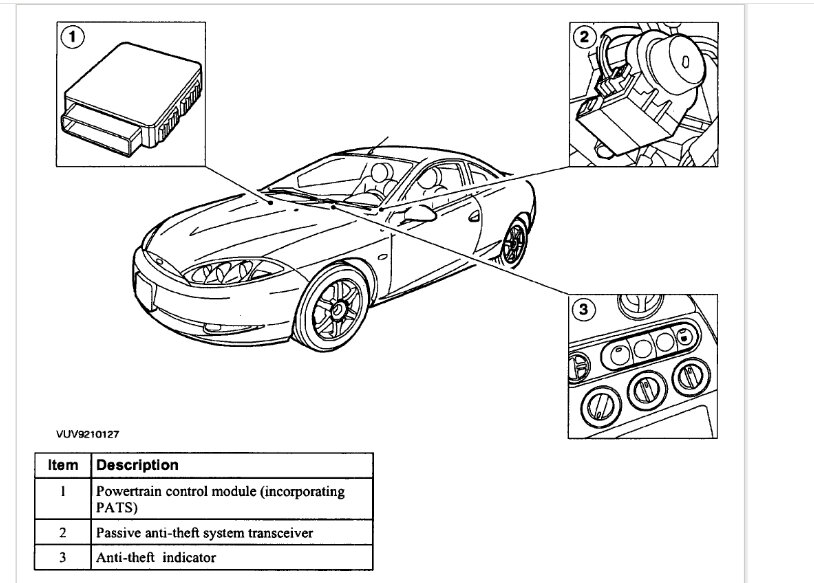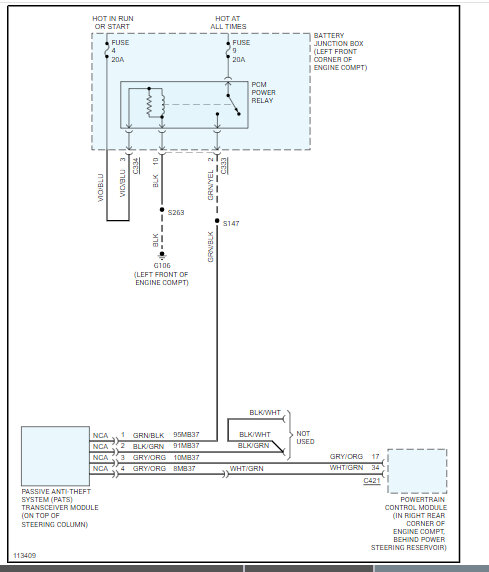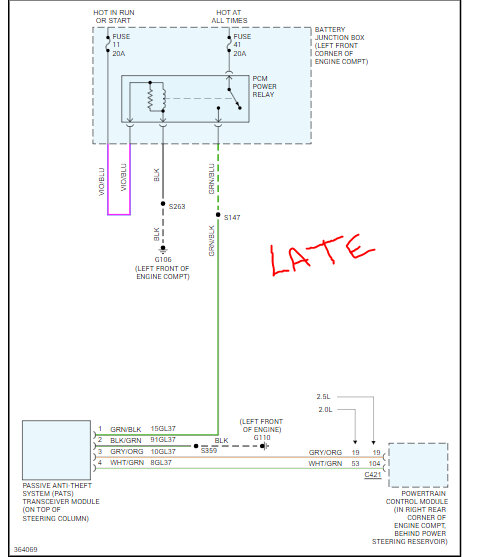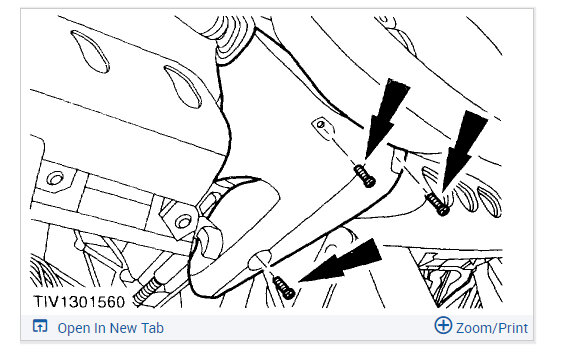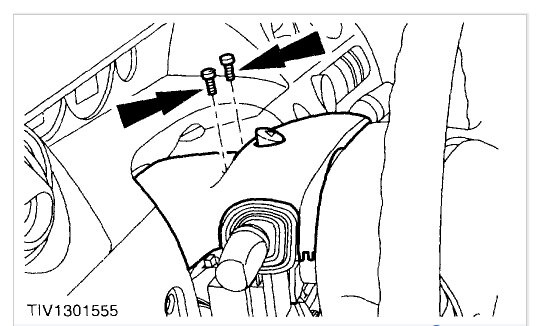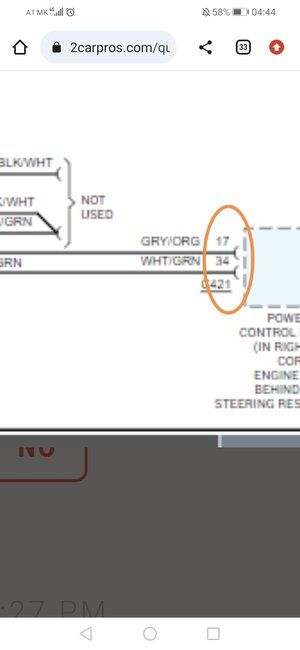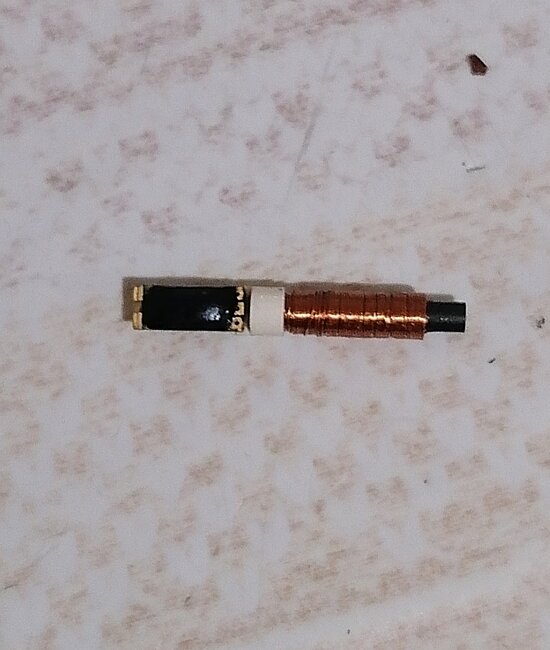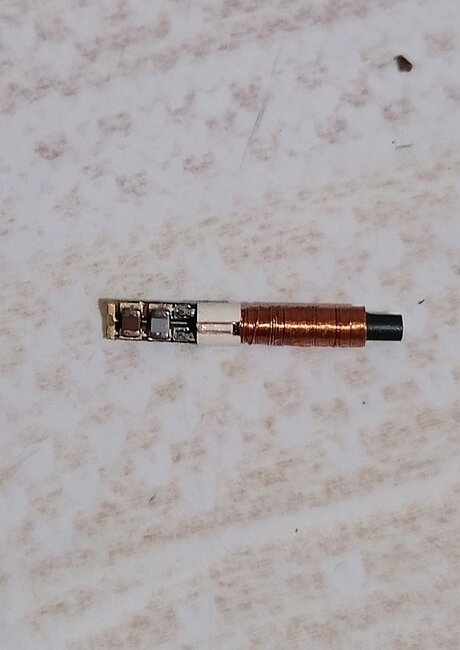Sorry to say that to program a single key in that system you need either a scan tool or two known good working keys.
This procedure only works if two or more programmed ignition keys are available and it is desired to program additional key(s). If two keys are not available.
PID SPARE KY must be enabled for this procedure to operate. If this PID is not enabled, refer to Security Access then select Spare Key Programming Switch; Enabled.
If the programming procedure is successful, the new key(s) will start the vehicle and the anti-theft indicator will illuminate for approximately three seconds.
If the programming procedure is not successful, the new key(s) will not start the vehicle and the anti-theft indicator will flash. If the programming procedure was not successful leave the ignition switch in the RUN position for at least 30 seconds, repeat the Key Programming procedure from Step I. If the failure repeats, refer to Diagnostic and Testing to review DTCs an carry out Pinpoint Tests.
A maximum of eight ignition keys can be programmed to a Passive Anti-Theft system (PATS) equipped vehicle.
If the steps are not carried out as outlined, the programming procedure will end.
Ignition keys must have correct mechanical key cut for the vehicle and must be a PATS encoded key.
1. Insert first programmed key into ignition lock cylinder and turn the ignition switch from the OFF position to the RUN position (maintain ignition switch in the RUN position for one second).
2. Turn ignition switch to the OFF position and remove the first key from the ignition lock cylinder.
3. Within five seconds of turning the ignition switch to the OFF position, insert the second programmed ignition key into the ignition lock cylinder and turn the ignition switch from the OFF position to the RUN position (maintain the ignition switch in the RUN position for one second).
4. Turn the ignition switch to the OFF position and remove the second key from the ignition lock cylinder.
5. Within ten seconds of turning the ignition switch to the OFF position, insert the unprogrammed ignition key (new key) into the ignition lock cylinder and turn the ignition switch from the OFF position to the RUN position (maintain the ignition switch in the RUN position for one second).
6. If it desired to program additional key(s), repeat the applicable key programming procedure from step 1.
Monday, April 29th, 2024 AT 11:30 AM
